-
 +17 +1
+17 +1Song of Myself
We’re still feeling the aftershocks of the existentialist earthquake. Roger Scruton reviews Sarah Bakewell’s ‘At the Existentialist Café.’
-
 +1 +1
+1 +1Sensorial Engagements with a Toxic World
We dwell in an atmosphere of uncertainty. From visible ambient matters like smog to odorless contaminants from radiation, toxic conditions force us to continually adapt to, resist, and make sense of the spaces we inhabit. Bodies are exposed to an array of materials, from particulates, chemicals, and pathogens that circulate in the air we breathe, to the food and water we ingest and the soil on which we walk. An anthropological inquiry into our sensorial orientation to toxic environments is ever more crucial.
-
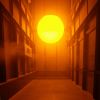 +6 +1
+6 +1What happens when you stare at the sun?
The benefits of looking directly at the sun might outweigh the costs. By Sam Kriss.
-
 +8 +1
+8 +1How Getting Hit by Lightning Changed a Woman's Synesthesia
Head trauma made her see strange colors, even ones that are “not even real. By Sarah Zhang.
-
 +3 +1
+3 +1How the rainbow illuminates the enduring mystery of physics
Scientists have been refining their understanding of rainbows’ unusual features since René Descartes first studied them in 1637. By Jon Butterworth.
-
 +39 +1
+39 +1How Your Brain Controls the Speed of Time
Why does reality seem to slow down in moments of extreme peril? Can the mind really bend time? Here’s the neuroscience behind the phenomenon. By Jeff Wise.
-
 +36 +1
+36 +1Decoding Death: The Science and Significance of Near Death Experiences
People have reported “near death experiences”, or NDE’s, over centuries and across cultures. The nature of them has historically been the territory of religion and philosophy. But now science has staked its claim in the discussion. And the questions are profound: where is consciousness produced, in the brain, or somewhere else? Can consciousness continue to exist even after the heart and brain have stopped working? Contributor Ashley Walters explores the science and the meaning of near death experiences. [Audio program]
-
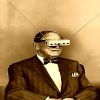 +5 +1
+5 +1Anomalistic Beer Goggles: The Consequences of Doubt
“Wonder rather than doubt is the root of all knowledge” – Abraham Joshua Heschel.
-
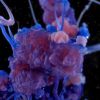 +46 +1
+46 +1Beautiful Chemical Reactions
Eight types of beautiful chemical reactions are presented in this short video.
-
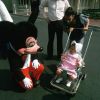 +7 +1
+7 +1A theory of creepiness
A bear chasing you is simply scary but a guy with a big mouse’s head can give you the creeps. What’s the difference? By David Livingstone Smith.
-
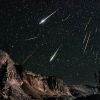 +10 +1
+10 +1The Mind–Body Problem, Scientific Regress and “Woo”
The science of consciousness, far from converging on a sensible paradigm, is going backward. By John Horgan.
-
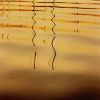 +26 +1
+26 +1Why Do So Many Artists Have Synesthesia?
Exploring the link between this cross-wiring of the senses and creativity. By Jacoba Urist.
-
 +12 +1
+12 +1FMRI study of shamans tripping out to phat drumbeats
Every now and then, I’m browsing RSS on the tube commute and come across a study that makes me laugh out loud… By Micah Allen.
Submit a link
Start a discussion




















